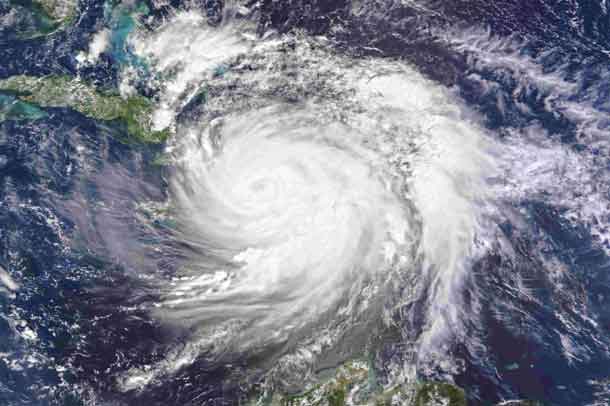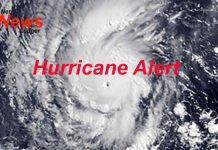
For most of eastern North America, hurricane season is in full force. Officially running from June 1st through November 30th, we seem to be at the apex of the season, especially with Hurricane Dorian. This hurricane has already destroyed countless neighbourhoods in the Bahamas and continues to travel up the eastern coast of North America. Sources say that the storm is expected to come as far as Eastern Quebec. Most of Atlantic Canada should watch out for high winds and rain, with wind speeds up to 64 kilometres per hour, but it’s most likely that Nova Scotia will get hit the hardest.
Making sure that you prepared for these sorts of storms is one of the best things to do if you’re in or near these areas. Here are some great places to start on the path to being prepared.
Before the Storm
If you’re in an area that might be affected by a hurricane, it’s extremely important to take precautions before the storm arrives.
Far before any storm warnings, it might be a good idea to make sure that your house is up to date to stay protected. One of the biggest areas of concern during hurricanes is your house’s windows. These take up 15% of your wall space, and are one of the most susceptible areas to storms like these. You can take precaution far before any storm hits by upgrading to hurricane resistant windows, or making sure you have the materials to protect them from shattering in a time of crisis.
Make sure that you’re well equipped for these situations by making a plan and having all of the supplies you might need if you’re not able to leave your house for a few days. This can include food, water, and gas, as well as any exterior-protecting materials.
If you plan on travelling before the hurricane arrives, or after it is gone, it’s important to make sure your car is well prepared too. This can include keeping supplies in your car and upgrading your tires. Tire related accidents caused 738 fatalities in 2017. Even in normal weather, your tires are extremely important. But if you’re travelling back home in the aftermath of the storm, the roads could still be dangerous. Keeping your car tires updated can drastically affect your safety.
After it Passes
After the storm passes, there will be an official “all clear” message, but until then, it’s best to stay indoors.
Checking for any damage to your house is a good next step. Any downed power lines can be an extreme safety hazard, so keeping an eye out for those is essential. Outside of that, check for any flooding in or around your house. Mold sets in only 48 hours after things get wet, so taking care of that first will help greatly in repair costs down the road.
Finally, check your refrigerator for any food spoilage, and be extremely careful about using any grills or generators, in case of any gas leaks. Be extremely careful when travelling too, watch out for any downed trees, limbs, or power lines, and take care when dealing with currently and previously flooded roadways. These are highly susceptible to damage and could be weakened to the point of breaking down at any moment.
Dealing with a hurricane can be an extremely dangerous and scary process. Luckily, there are many things you can take care of in advanced to have a plan for when disaster strikes. Being safe after the storm is of extreme importance as well, to ensure your safety.





